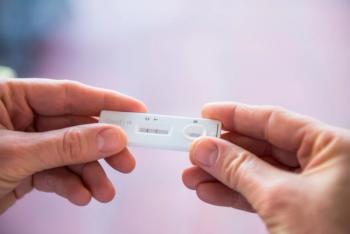
Evaluating and management of low-lying placenta or placenta previa on second-trimester ultrasound
A 19-year-old woman undergoes transabdominal ultrasound at 20 weeks' gestation. The ultrasound suggests that the placenta may cover the internal cervical os.
Q. A 19-year-old woman (gravida 2, para 1) undergoes transabdominal ultrasound at 20 weeks' gestation. The ultrasound suggests that the placenta may cover the internal cervical os. How is the clinical diagnosis of placenta previa or low-lying placenta made, and how frequent is this finding?
A. Various definitions of low-lying placenta and placenta previa have been used in the medical literature,1,2 but most researchers recognize the increased risks associated with a placenta located within 20 mm of the os and especially overlapping the os.1-3 For the purposes of this article and to standardize the definitions, we have defined placenta previa as one that covers the internal os of the cervix, and low-lying placenta as one of which the edge is 1 mm to 20 mm of the internal os. A distance of more than 20 mm from the lower placental edge and cervical internal os in the second trimester is a normal finding that does not represent a low-lying placenta and does not require follow-up.
In cases of suspected placenta previa or low-lying placenta, the first step in determining accurate placental position in relation to the cervix is to perform a TVU on a patient whose bladder is empty. In at least one-quarter of all cases of placenta previa or low-lying placenta suspected on the basis of transabdominal sonography in the second trimester, the diagnosis will change after TVU is performed.5 Those patients who do not have placenta previa or low-lying placenta can then be reassured and will require no further follow-up.
Newsletter
Get the latest clinical updates, case studies, and expert commentary in obstetric and gynecologic care. Sign up now to stay informed.
















